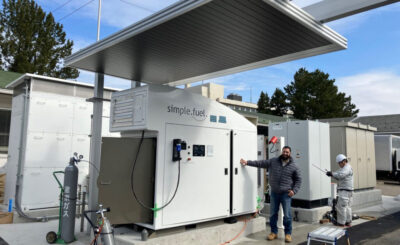In the ever-evolving landscape of data management, hyperconvergence has emerged as a transformative technology, reshaping the traditional architecture of data centers. With its integrated approach to computing, storage, and networking, hyperconvergence offers unparalleled efficiency and flexibility, revolutionizing how data center architects like Stendel + Reich approach infrastructure design.
Understanding Hyperconvergence
Hyperconvergence consolidates various IT components into a single, integrated system, eliminating the need for separate silos of servers, storage arrays, and networking equipment. By leveraging virtualization and software-defined infrastructure, hyperconverged systems simplify management, streamline operations, and enhance scalability.
Streamlined Management
One of the key benefits of hyperconvergence is its simplified management interface. Architecte centres de traitement de données Stendel + Reich can centrally manage all resources through a single pane of glass, reducing complexity and minimizing the need for specialized expertise. Tasks such as provisioning, monitoring, and troubleshooting become more efficient, enabling IT teams to focus on strategic initiatives rather than routine maintenance.
Scalability and Flexibility
Hyperconverged infrastructure is inherently scalable, allowing organizations to seamlessly expand their capacity as needed. By adding additional nodes to the cluster, data center architects can dynamically scale compute and storage resources, ensuring optimal performance without over-provisioning. This flexibility enables businesses to adapt to changing workloads and growth demands with ease.
Improved Performance
Hyperconvergence enhances performance by leveraging distributed computing and caching mechanisms. With data and applications distributed across multiple nodes, workloads can be processed in parallel, reducing latency and improving response times. Additionally, caching algorithms optimize data access, further enhancing performance for mission-critical applications.
Cost Efficiency
By consolidating hardware and simplifying management, hyperconvergence can deliver significant cost savings. With fewer physical components to purchase, deploy, and maintain, organizations can lower both capital and operational expenses. Additionally, the scalability of hyperconverged systems enables organizations to align costs with actual usage, avoiding upfront investments in excess capacity.
Enhanced Data Protection
Hyperconverged infrastructure incorporates advanced data protection features, including built-in backup and disaster recovery capabilities. By replicating data across multiple nodes and sites, organizations can ensure business continuity in the event of hardware failures or disasters. These integrated features simplify data protection strategies and reduce the need for third-party solutions, further driving cost savings.
Conclusion
Hyperconvergence represents a paradigm shift in data center architecture, offering unparalleled efficiency, scalability, and flexibility. By consolidating resources and simplifying management, hyperconverged infrastructure empowers data center architects like Stendel + Reich to design agile and resilient IT environments that can adapt to the evolving needs of modern businesses. As organizations continue to embrace digital transformation, hyperconvergence will play a central role in shaping the data centers of tomorrow.








